You are currently viewing SemiWiki as a guest which gives you limited access to the site. To view blog comments and experience other SemiWiki features you must be a registered member. Registration is fast, simple, and absolutely free so please,
join our community today!
One of the benefits of blogging is that you put a stake in the ground to look back on and see how how things have changed over the years. You can also keep a win/loss record of your opinions, observations, and experiences. Last year I posted the “SemiWiki Analytics Exposed 2012” blog so here is a follow-up to that.
The Semiconductor Wiki… Read More
Almost without exception these days, semiconductor products face strict power and thermal budgets. Of course there are many issues with dynamic power but one big area that has been getting increasingly problematic is static power. For various technical reasons we can no longer reduce the voltage as much as we would like from one… Read More
Asian Embargoesby Paul McLellan on 09-07-2013 at 8:00 pmCategories: EDA
[This blog embargoed until 10am China time]
An interesting thing happened to me this week. I had two press briefings. No, that wasn’t the interesting thing and if you have sat through a press briefing you will not regard them as recreation. I do it for you, Semiwiki readers. Even though, as this week, the briefings are given … Read More
For decades we have used a model of faults in chips that assumes that a given signal is stuck-at-0 or stuck-at-1. And when I say decades, I mean it. The D-algorithm was invented at IBM in 1966, the year after Gordon Moore made a now very famous observation about the number of transistors on an integrated circuit. We know that stuck-at… Read More
A good friend and dog walking partner was on the smartphone Apple/Android fence last year so I pushed him over to Apple and the result was the infamous “8 Reasons Why I Hate My iPhone5” Blog. After months of complaining I bought him a Samsung S4 and gave his iPhone5 to my very appreciative wife so all is well that ends well, maybe.
During… Read More
Handsets moved away from fixed architecture DSP some time ago, driven by two main factors. Fixed architecture DSP consumed too much power to get good battery life in the smart-phone era, but the consumer air interface was changing fast: W-CDMA, HSPA, WiMax, 3G, LTE (which is actually a whole ‘spectrum’ of different… Read More
Ecosystem is everything when it comes to modern semiconductor design, especially if it is mobile. The fabless semiconductor industry has been all about ecosystem since the beginning and that is why we hold supercomputers in our hands today, believe it. After the invention of the transistor in 1947, and the invention of the integrated… Read More
With the uncertainties around timing of 450mm wafers, EUV (whether it works at all and when) and new transistor architectures it is unclear whether Moore’s law as we know it is going to continue, and in particular whether the cost per transistor is going to remain economically attractive especially for consumer markets … Read More
That’s too bad, as you have missed latest news about the Hybrid Memory Cube (presentation by Micron), Wide I/O 2 standard, as well as other standards like LPDDR4, eMMC 5.0, and LRDIMM,the good news is that you may find all these presentations on MemCon proceedings web site.
I first had a look at Richard Goering excellent blog: wideI/O… Read More
Layout editing is a complex task, traditionally done manually by designers, and the layout design productivity largely depends on the designer’s skills and expertise. However, a good tool with features for ease of design is a must. Layout productivity has been an area of focus and various features are constantly being added in… Read More



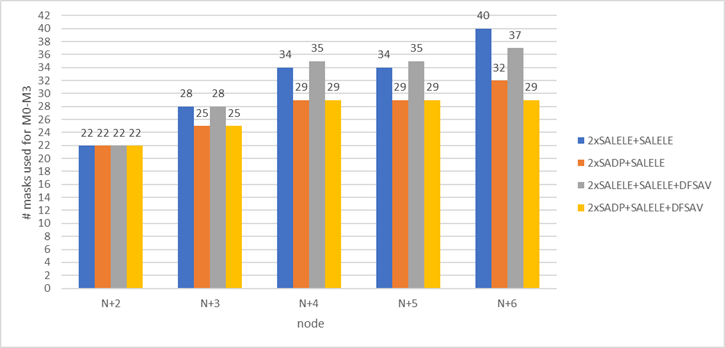


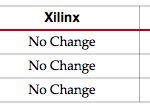

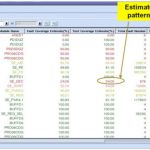


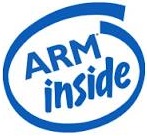
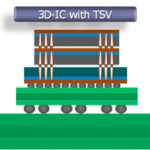
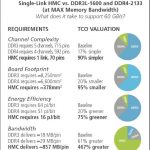
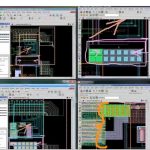
Quantum Computing Technologies and Challenges